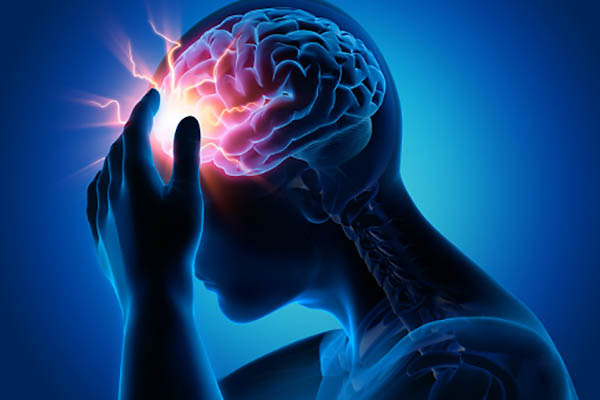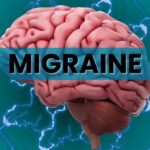Migraine is a debilitating neurological condition characterized by recurring episodes of severe headaches, often accompanied by nausea, vomiting, and sensitivity to light and sound. Affecting millions worldwide, migraines can significantly impact daily life and productivity. Understanding the causes, symptoms, triggers, and available treatments is crucial for effective management.

What is a Migraine?
A migraine is a complex disorder involving abnormal brain activity that affects nerve signals, blood vessels, and brain chemicals. These episodes can last from a few hours to several days and typically progress through four distinct phases:
Phases of a Migraine Attack
- Prodrome – Early warning signs such as mood changes, food cravings, and fatigue.
- Aura – Visual disturbances like flashing lights or blind spots (not present in all cases).
- Headache – Intense, throbbing pain, often on one side of the head.
- Postdrome – Aftereffects including exhaustion and difficulty concentrating.
Common Migraine Symptoms
Migraine symptoms vary among individuals, but the most frequently reported include:
- Throbbing or pulsating headache, typically on one side of the head.
- Nausea and vomiting.
- Sensitivity to light, sound, and smell.
- Visual disturbances (auras).
- Numbness or tingling in the face or limbs.
Causes and Triggers of Migraines
Although the exact cause of migraines is not fully understood, research suggests a combination of genetic, environmental, and neurological factors. Common triggers include:
1. Dietary Triggers
- Caffeine
- Alcohol (especially red wine)
- Aged cheeses
- Processed foods with MSG and nitrates
2. Environmental Triggers
- Bright or flickering lights
- Strong odors (perfumes, smoke, chemicals)
- Weather changes
3. Psychological and Physical Triggers
- Stress and anxiety
- Lack of sleep or irregular sleep patterns
- Hormonal fluctuations (menstruation, pregnancy, menopause)
Types of Migraines
Migraines can manifest in different forms, each with distinct characteristics:
1. Migraine with Aura (Classic Migraine)
- Visual disturbances before the onset of headache.
- Tingling or numbness in the body.
2. Migraine without Aura (Common Migraine)
- No warning signs.
- More common than migraines with aura.
3. Chronic Migraine
- Occurs 15 or more days per month.
- Severe impact on daily activities.
4. Hemiplegic Migraine
- Temporary paralysis on one side of the body.
- Can be mistaken for a stroke.
Migraine Diagnosis
Migraine diagnosis is primarily clinical, based on patient history and symptom patterns. Healthcare providers may use:
- Neurological exams
- MRI or CT scans to rule out other conditions
- Headache diaries for pattern analysis
Migraine Treatment and Management
While there is no definitive cure for migraines, various treatments can help reduce the frequency and severity of attacks.
1. Medications
Acute Treatment (For Immediate Relief)
- Triptans (Sumatriptan, Rizatriptan)
- NSAIDs (Ibuprofen, Naproxen)
- Anti-nausea medications
Preventive Treatment (To Reduce Frequency)
- Beta-blockers (Propranolol)
- Antidepressants (Amitriptyline)
- CGRP inhibitors (Erenumab, Fremanezumab)
2. Lifestyle Modifications
- Maintaining a consistent sleep schedule
- Managing stress through meditation and exercise
- Staying hydrated and following a balanced diet
3. Alternative Therapies
- Acupuncture
- Biofeedback therapy
- Herbal supplements (Magnesium, Riboflavin, Coenzyme Q10)
Migraine Prevention Strategies
To minimize migraine occurrences, individuals can adopt preventive measures such as:
- Identifying and avoiding personal triggers.
- Establishing regular eating and sleeping habits.
- Engaging in regular physical activity.
Migraines are a prevalent and often disabling condition that requires a multifaceted approach for effective management. By understanding triggers, recognizing early symptoms, and exploring various treatment options, individuals can significantly reduce the impact of migraines on their daily lives. If migraines persist or worsen, consulting a healthcare professional is essential for proper diagnosis and treatment planning.

